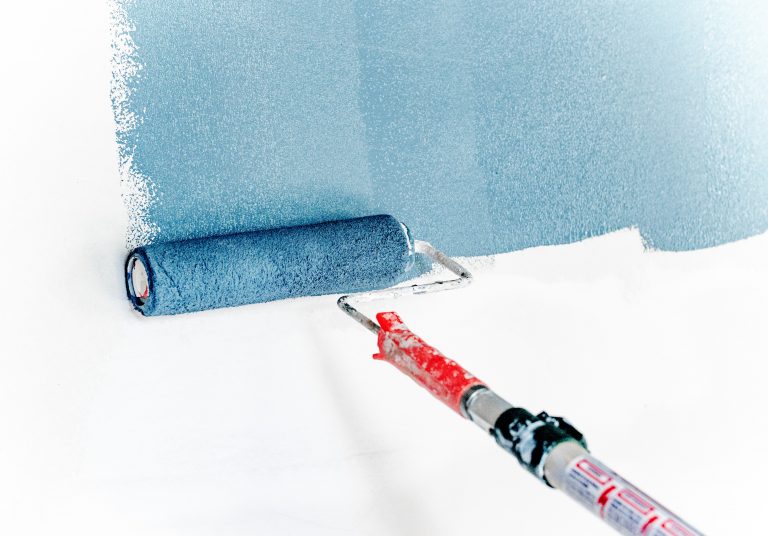
Paint-And-Primer
While paint-and-primer combinations are fine for the average home, some situations require a separate product. For example, painting over sheetrock requires a separate primer. Using a paint-and-primer combination will save time and money, but you may not be able to match the colour exactly.
Choosing the right primer is important. Regular wall paint can peel and crack if not primed properly. This is why using primer is essential for a long-lasting paint job. Some paint-and-primer products can be applied directly to a new surface, without priming. It is important to note, though, that two coats of the product are necessary to create a durable paint job.
Avoid Bumping Ceilings
If you are painting your home, you need to avoid bumping the baseboards or ceiling. Use a sash brush instead of a roller for maximum protection. The brush should be placed on a wet paper towel so it will not leave paint marks on the baseboards. You should also keep a wet rag close by to wipe off any smudges.
Plan Before Paint
A good painting job requires a plan of attack. Start by checking the ceiling and trim of the room. If there are cracks, holes, or loose surfaces, take care of them before painting. It’s best to make a couple of passes with a hand sander before moving on to the walls.
Avoiding Patched Areas
When you paint walls at home, it’s important to avoid patched areas through the topcoat. Patched areas will catch the light differently and will appear unsightly. You can easily fix small dents with a new coat of paint, but larger holes will need to be filled in with a two-part filler or an epoxy wood filler. While these options may be more expensive and require mixing in small batches, they are also much harder and won’t fall out during the painting process.